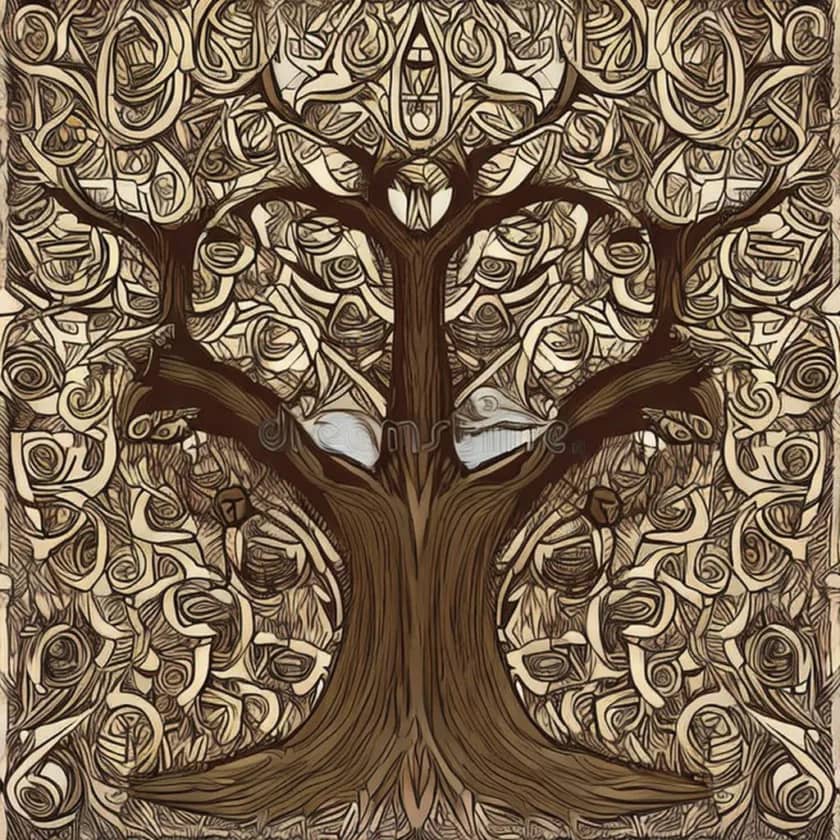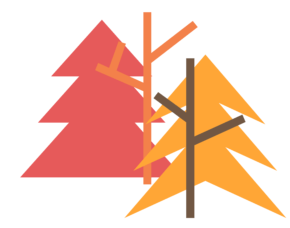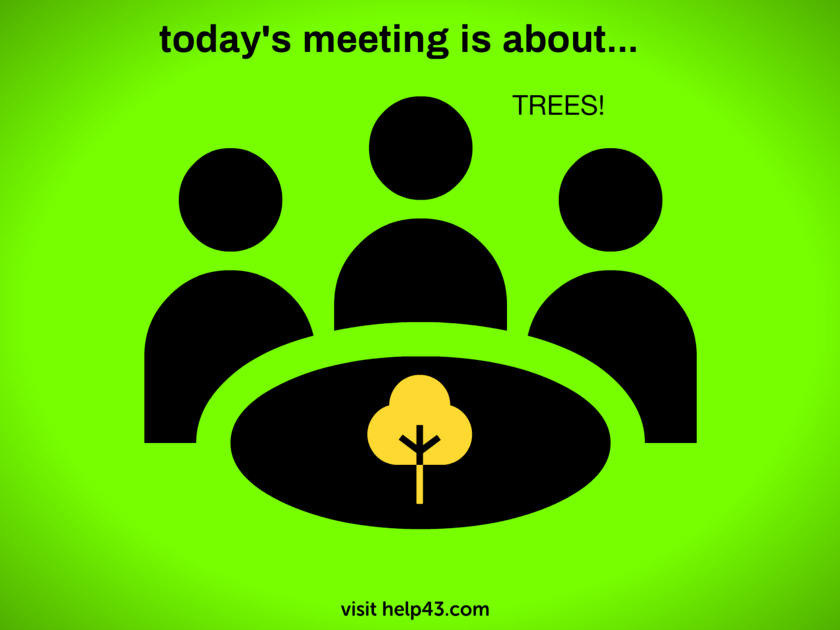Yggdrasil and scandinavian people
In the cold and rugged landscapes of Scandinavia, there lived a people who revered the mighty ash tree, known as Yggdrasil in their ancient myths and legends. They believed that this tree stood at the center of the universe, connecting the heavens, the earth, and the underworld.
For generations, the people of Scandinavia looked to the ash tree for guidance and wisdom. They saw in it a symbol of strength and stability, and they believed that it held within its roots and branches the secrets of the universe.
One winter, a great blizzard swept across the land, bringing with it howling winds and biting snow. The people of Scandinavia struggled to survive in the harsh conditions, but they never lost hope, for they knew that the ash tree would protect and guide them through the storm.
As the days passed, the people huddled together for warmth and shelter, and they prayed to the ash tree for help. They hoped that the tree would send its strength and resilience to them, helping them to withstand the storm and emerge unscathed.
To their amazement, as they sat in silence, a great rumbling sound filled the air, and the ground beneath their feet began to shake. The people looked up in awe as the ash tree split open, revealing a hidden chamber within its trunk.
Inside the chamber, they found a glowing light that filled the space with warmth and energy. The people huddled together around the light, and they felt the power of the ash tree flowing through them, giving them strength and courage to face the storm.
When the blizzard finally subsided, the people emerged from the ash tree’s chamber, renewed and invigorated. They looked up at the tree with gratitude and reverence, knowing that it had protected them in their time of need.
From that day on, the ash tree became an even more powerful symbol of strength and resilience for the people of Scandinavia. They looked to it for guidance and inspiration, and they knew that as long as the tree stood tall and strong, they would always be protected and guided through life’s challenges.
Yggdrasil, a mythical tree from Norse mythology
Yggdrasil is a mythical tree from Norse mythology, and it does not have any real botanical components. As such, there is no information on the places where it may have been found, its characteristics, or its properties.
The mythical tree from Norse mythology plays a significant role in the Norse worldview
According to legend, it is an immense ash tree that supports the nine worlds of Norse cosmology, including Asgard (the realm of the gods), Midgard (the world of humans), and Hel (the realm of the dead).
The tree is said to have three main roots that extend into the three realms of the universe. One root reaches down into the realm of the giants, one into the underworld, and one into the realm of the gods. At the base of the tree is a well known as the Well of Urd, which is tended to by three Norns (fates) who are responsible for weaving the threads of fate that determine the destiny of all beings.
In Norse mythology, Yggdrasil is also associated with the god Odin, who is said to have hung himself from one of the tree’s branches for nine days and nights in order to gain knowledge of the runes, a system of writing and divination used by the ancient Norse.
Yggdrasil is often seen as a symbol of the interconnectedness of all things and the cyclical nature of life and death. It represents the enduring nature of the universe and the idea that everything is connected and part of a larger whole.
Yggdrasil is a central and highly symbolic element of Norse mythology, representing the complex and interconnected nature of the universe and the role of fate in shaping the destiny of all beings.

Well of Urd and fates
In Norse mythology, the Well of Urd is a well located at the base of the Yggdrasil tree, which is tended to by three Norns. The Norns are female figures who are responsible for weaving the threads of fate that determine the destiny of all beings. The Norns are often seen as goddesses of destiny and fate, and they are associated with both the past and the future.
The Norns are named Urd, Verdandi, and Skuld. Urd is the oldest and wisest of the Norns and is associated with the past. She is responsible for interpreting the past and weaving it into the fabric of fate. Verdandi is the second of the Norns and is associated with the present. She weaves the present moment into the fabric of fate. Skuld is the youngest of the Norns and is associated with the future. She is responsible for weaving the future into the fabric of fate.
The Well of Urd is said to contain the waters of fate, and the Norns draw from these waters to weave the threads of fate. In this way, the well is seen as a source of wisdom and knowledge, as well as a symbol of the interconnectedness of all things.
The Well of Urd and the Norns are central elements of Norse mythology, representing the idea that fate is both predetermined and shaped by our actions and decisions, and that the past, present, and future are all connected in a complex web of destiny.
Shop Corner
Yggdrasil and scandinavian people On Amazon
Thank you for likes, shares and comments! 🌳🌴🌲🌵
Source OpenAI’s chatGPT Language Models, Dalle, AI trot and Fleeky
images Picsart and MIB
Invest in your future
Take time to learn
Embark on your journey in affiliate marketing and website creation alongside an incredible community and myself. Invest in your future by dedicating time to learn and earn. Take all the time you need to master the basics before aiming higher. Give it a try and sign up for free. You won't regret it! Discover the possibilities for yourself...


